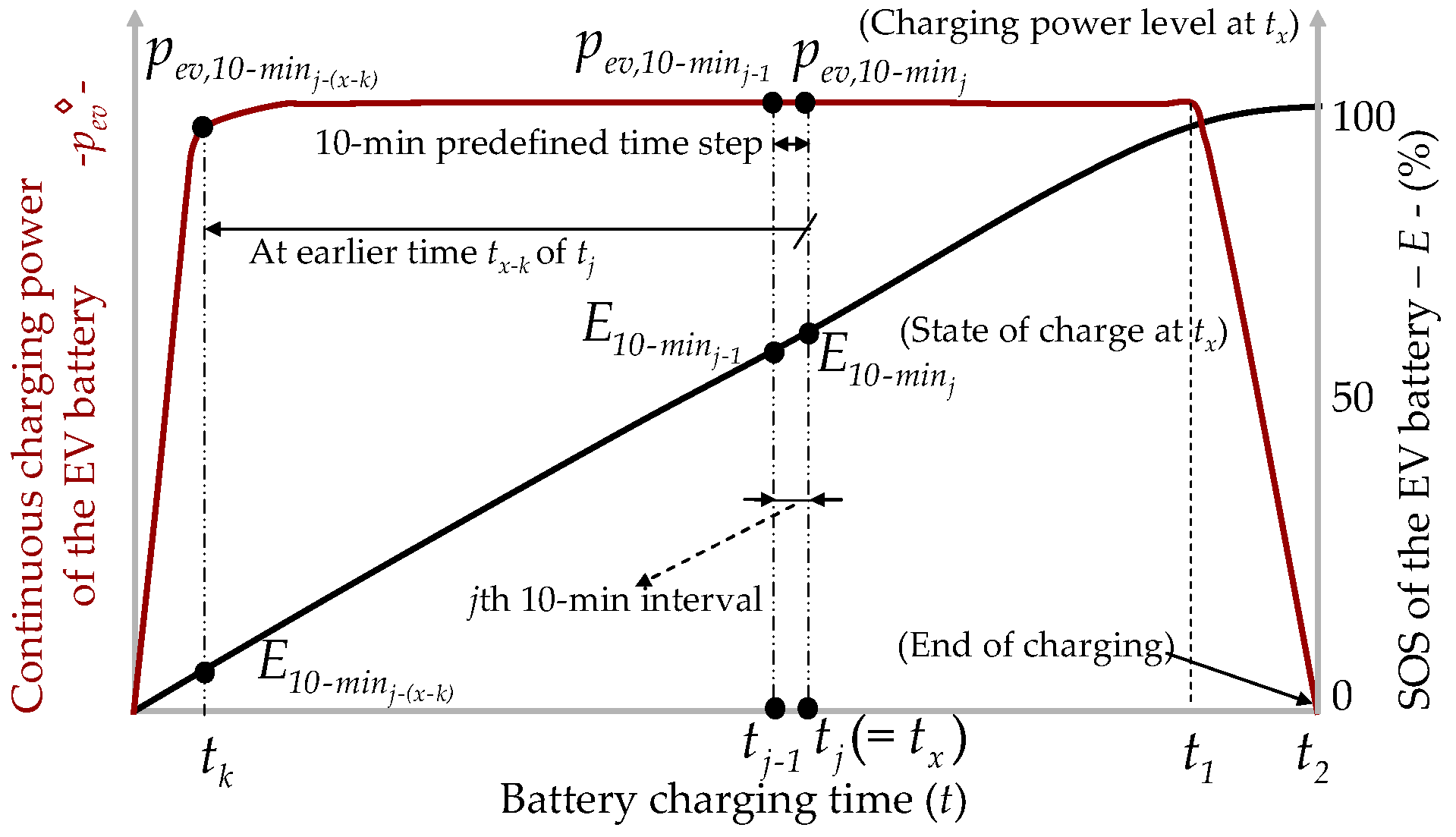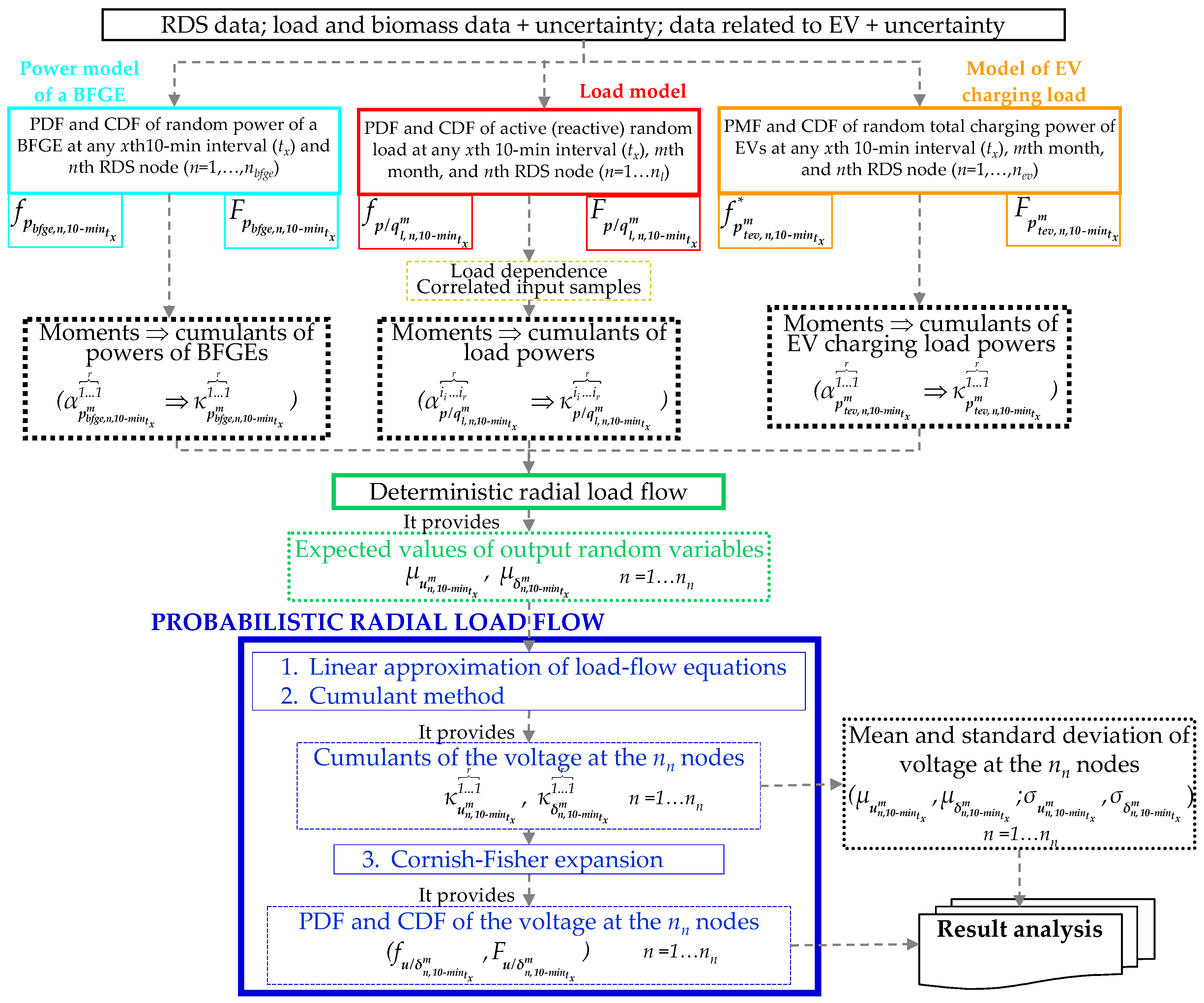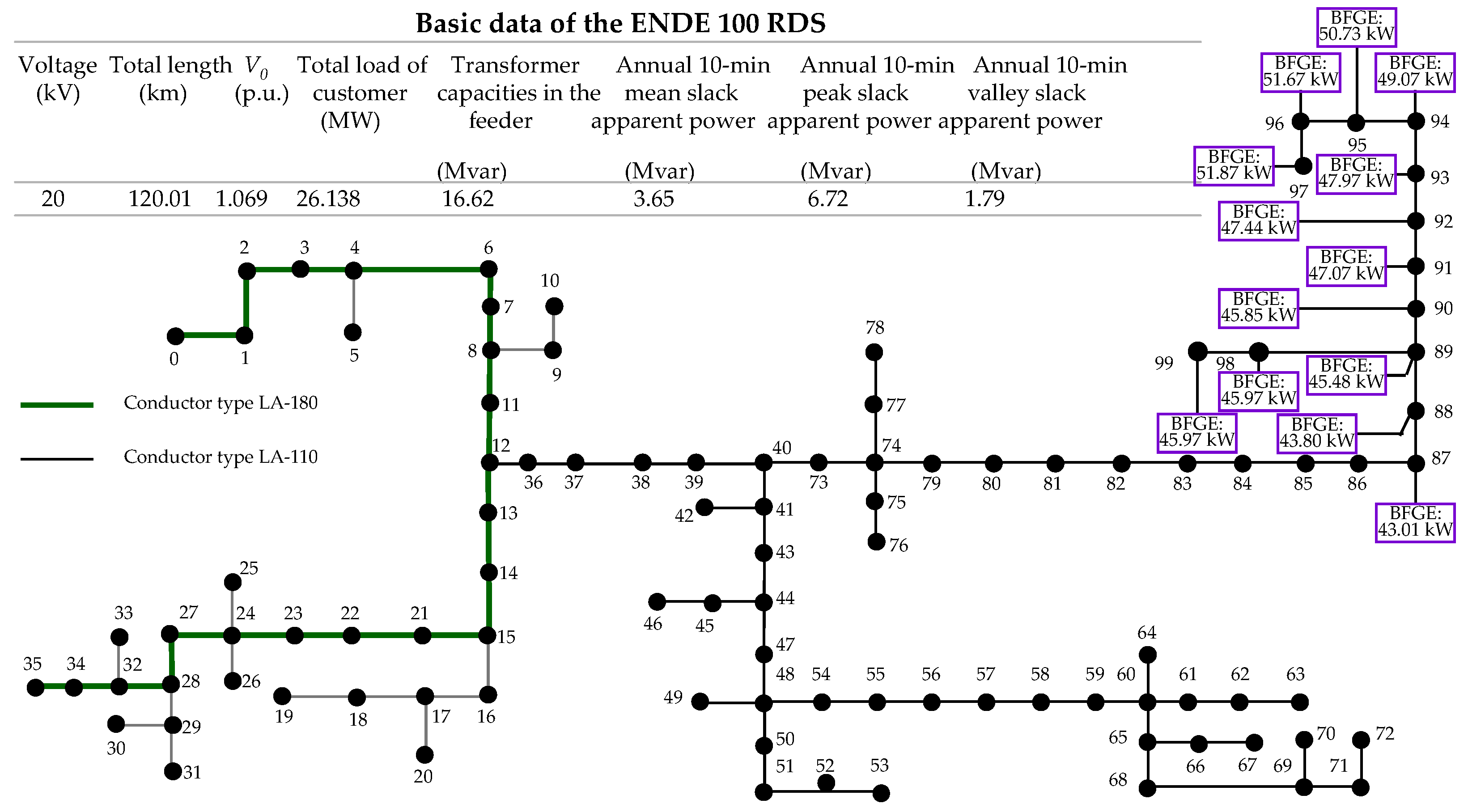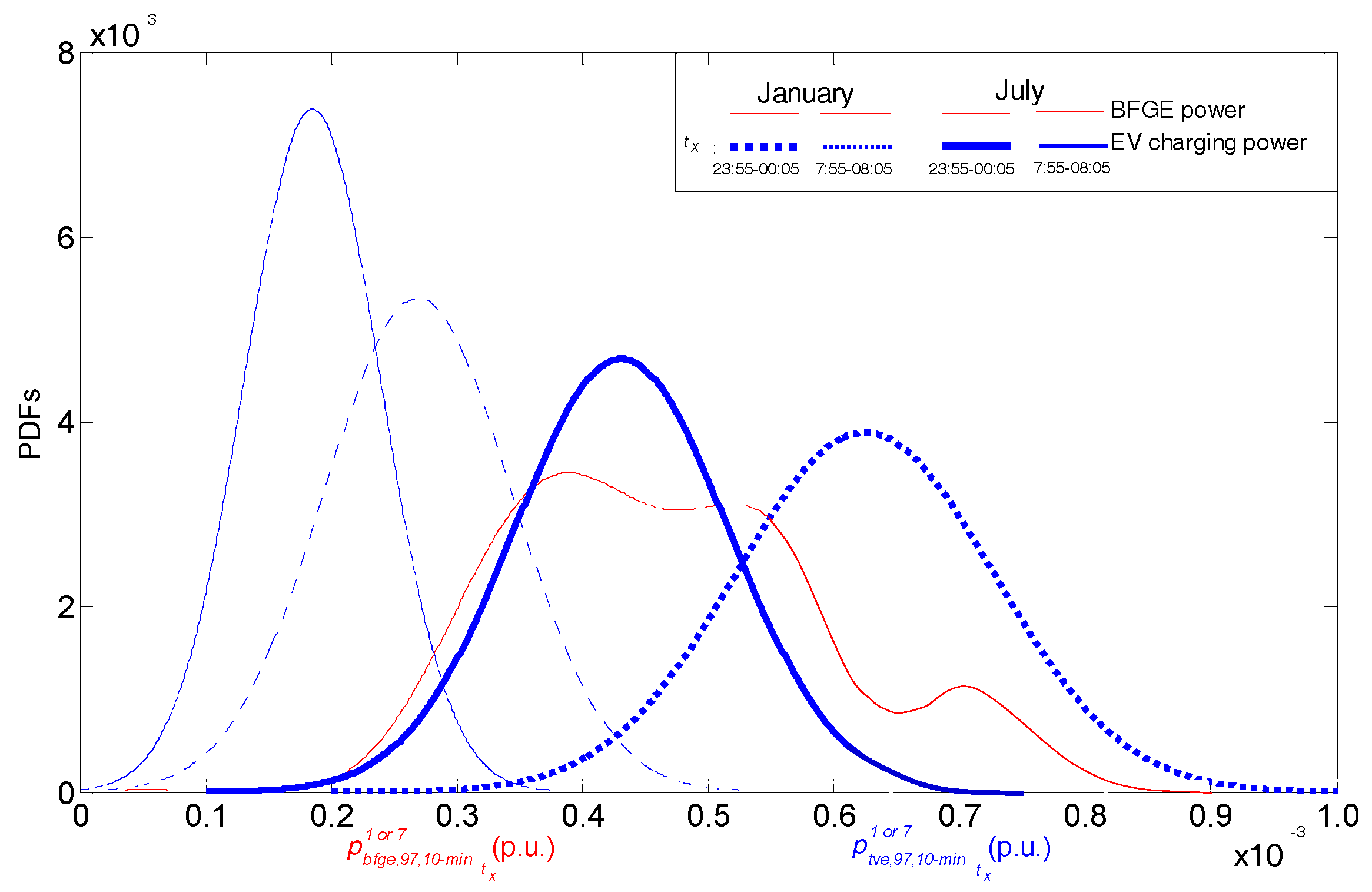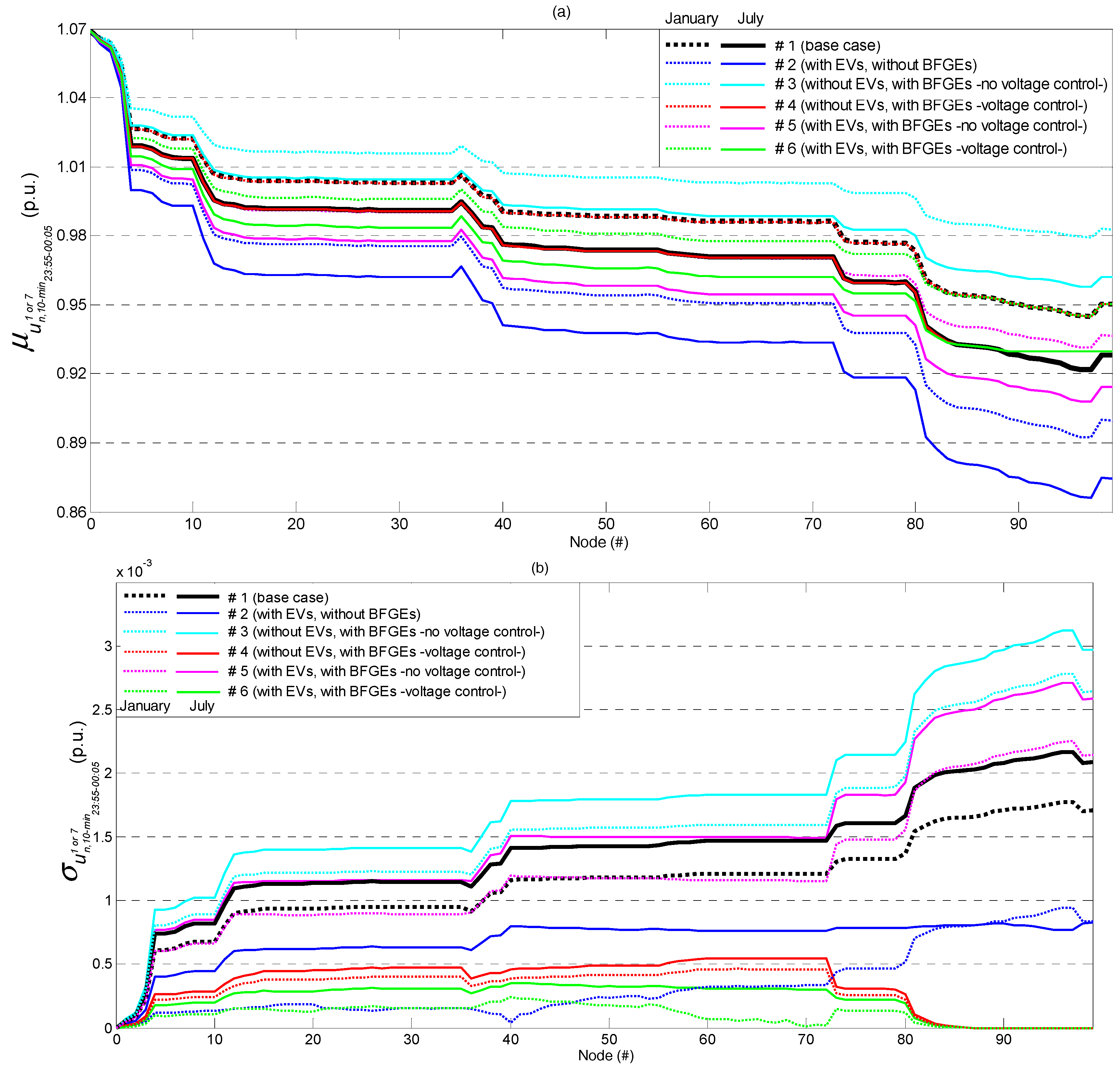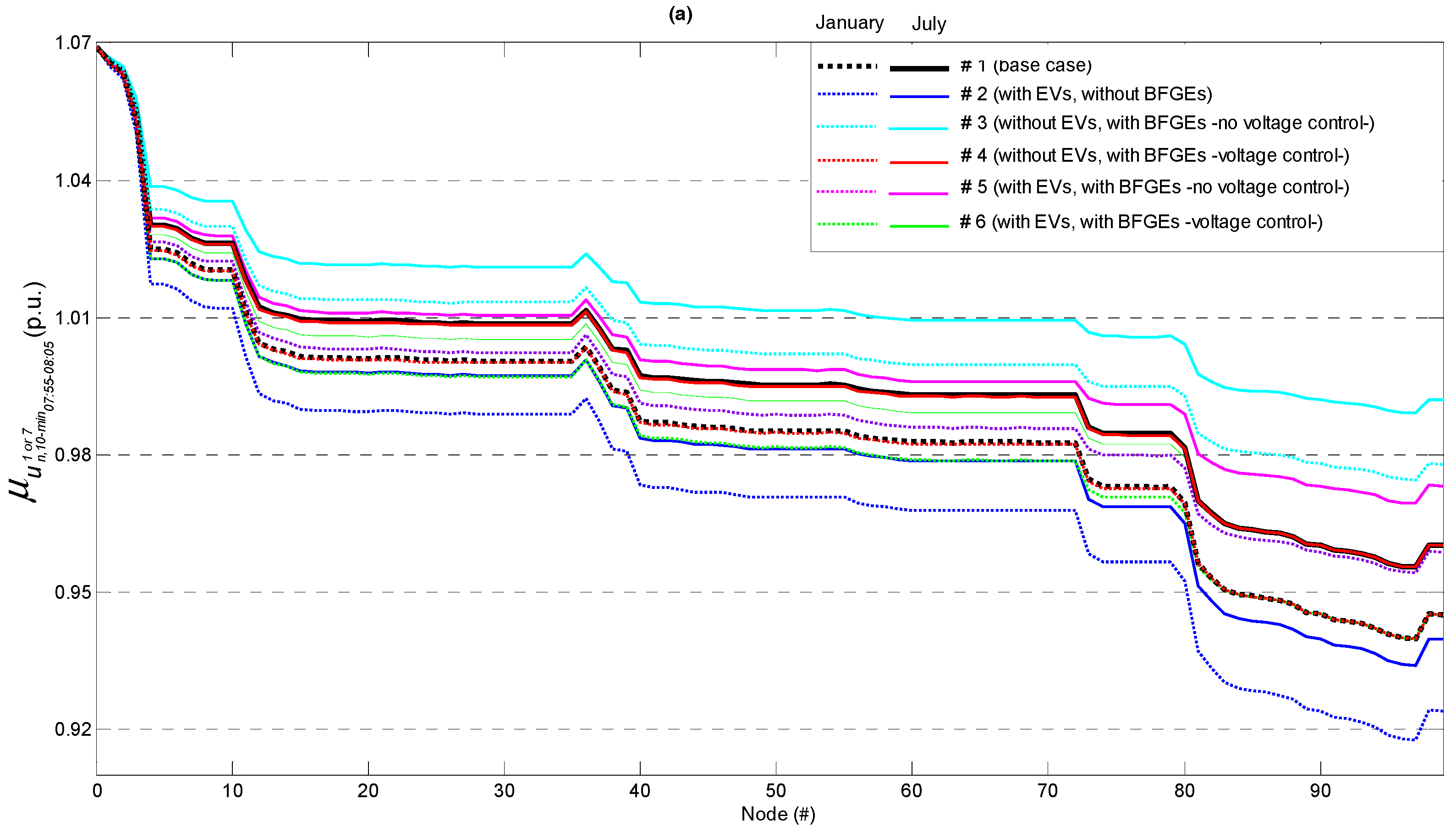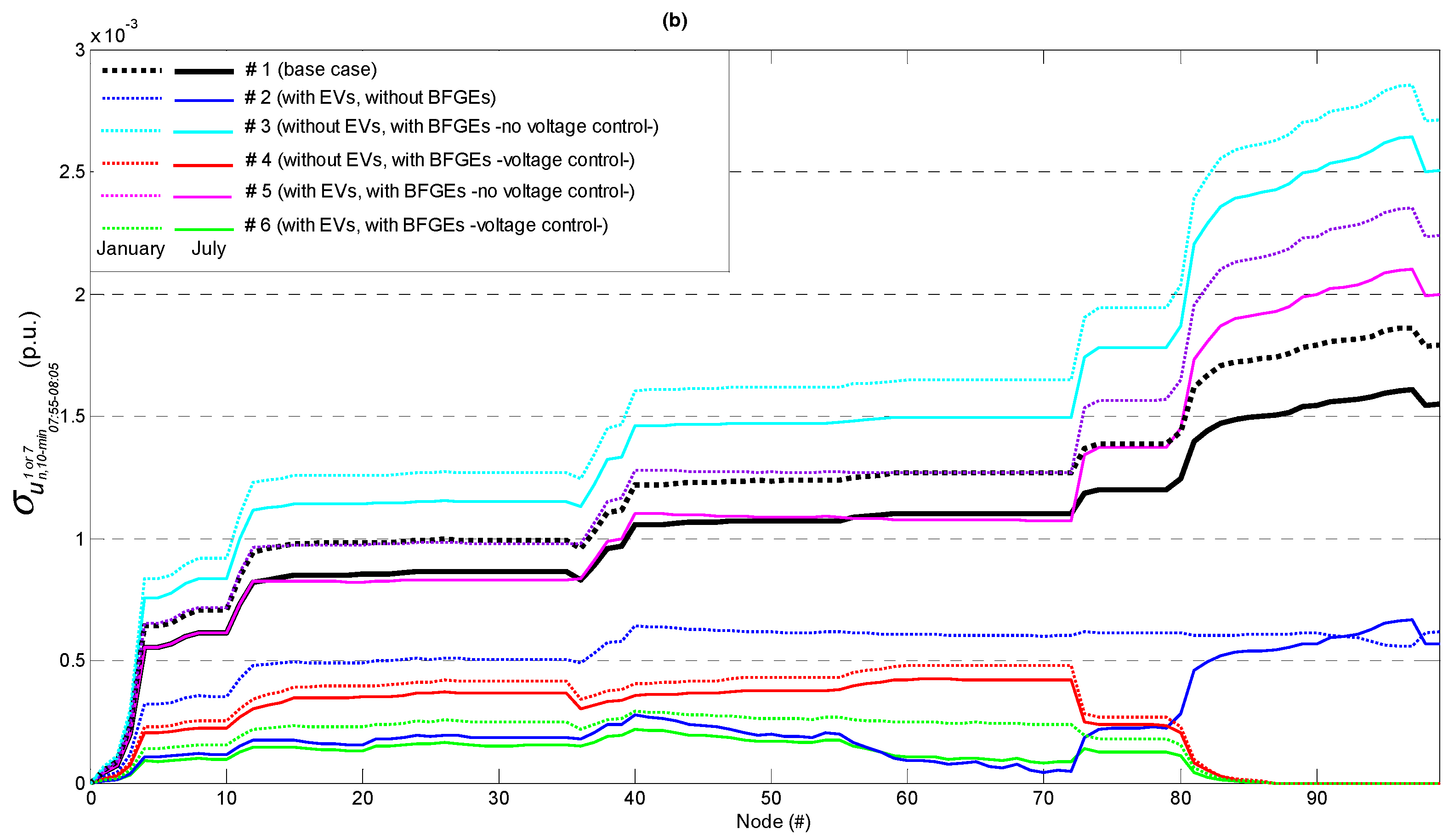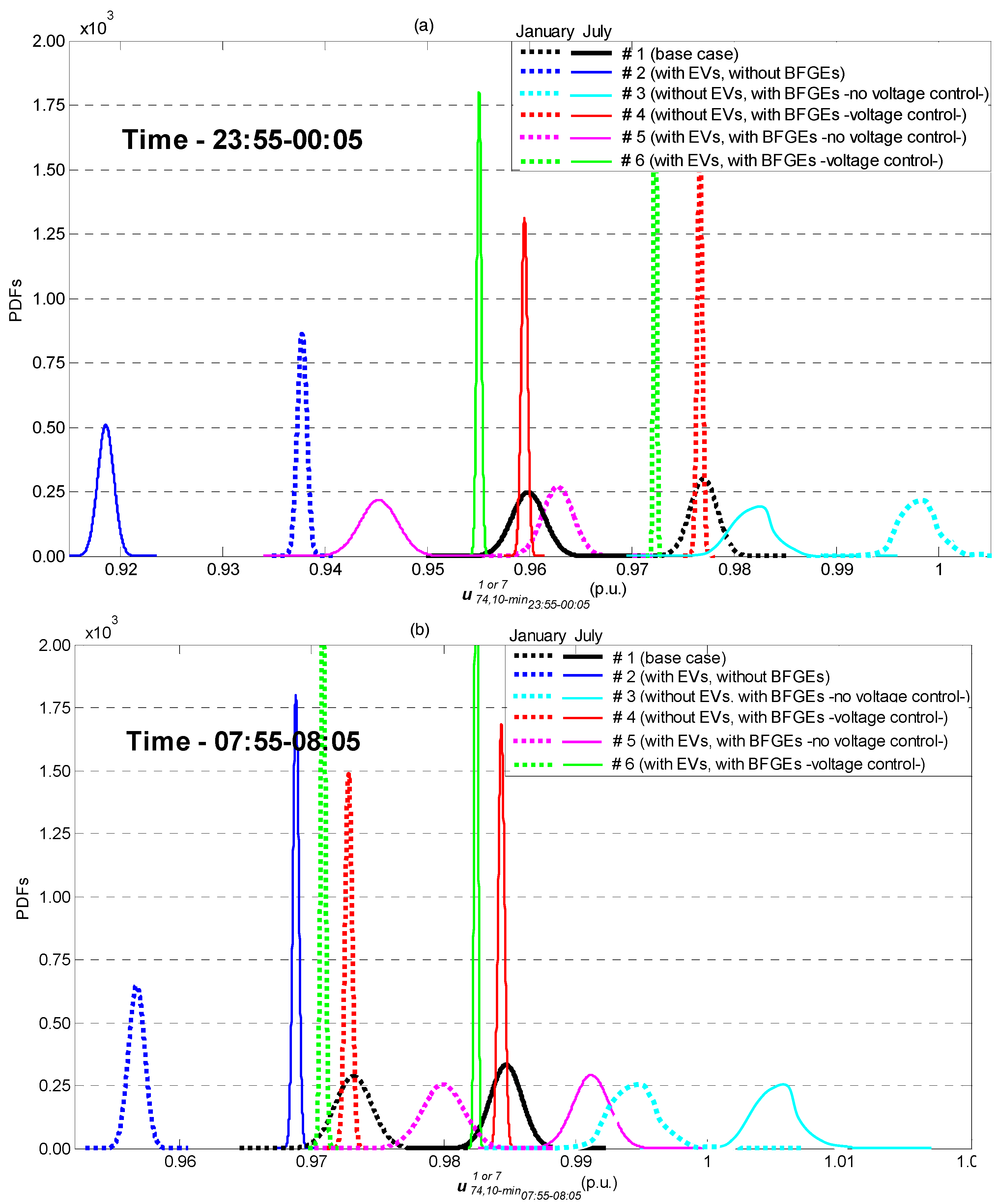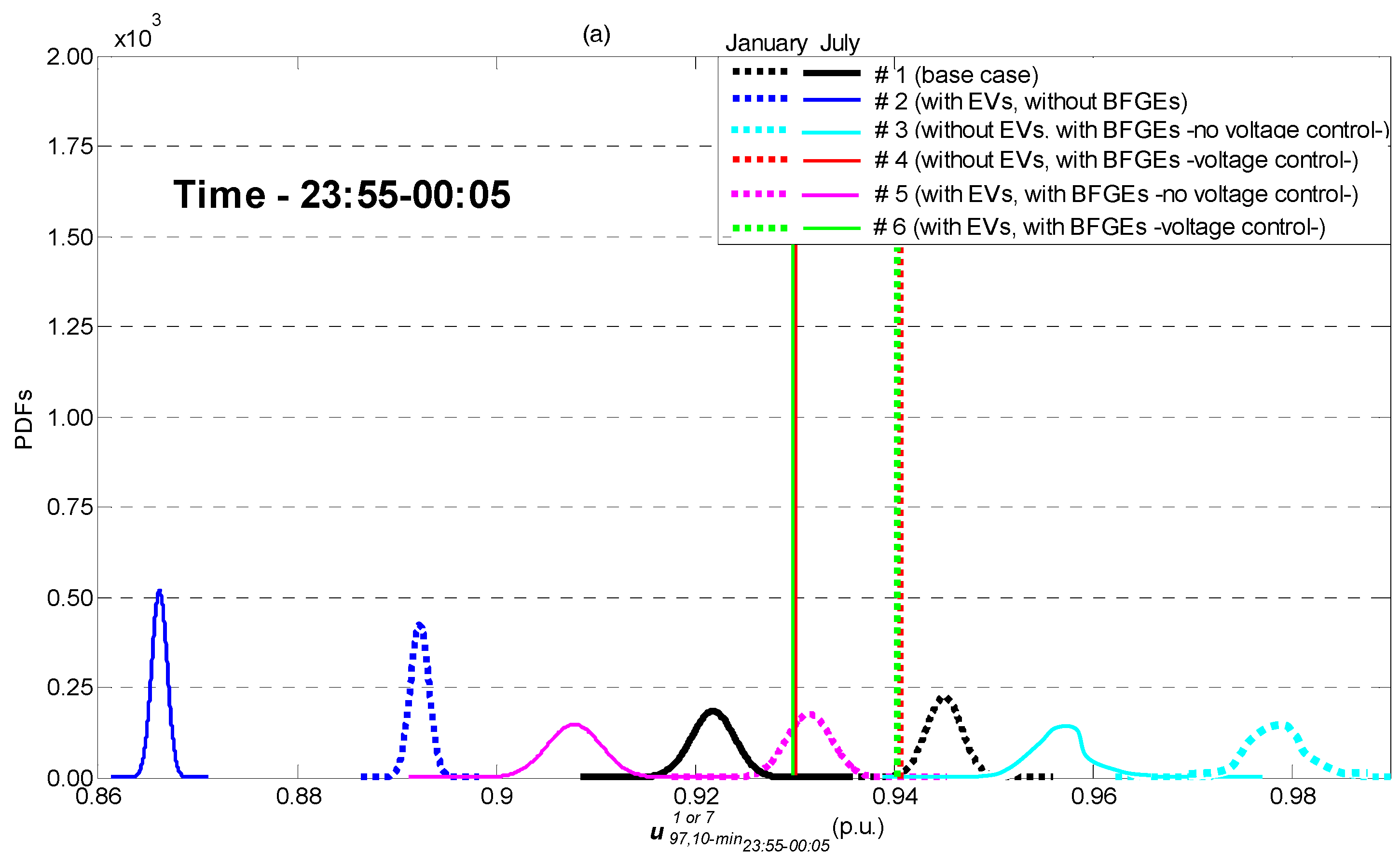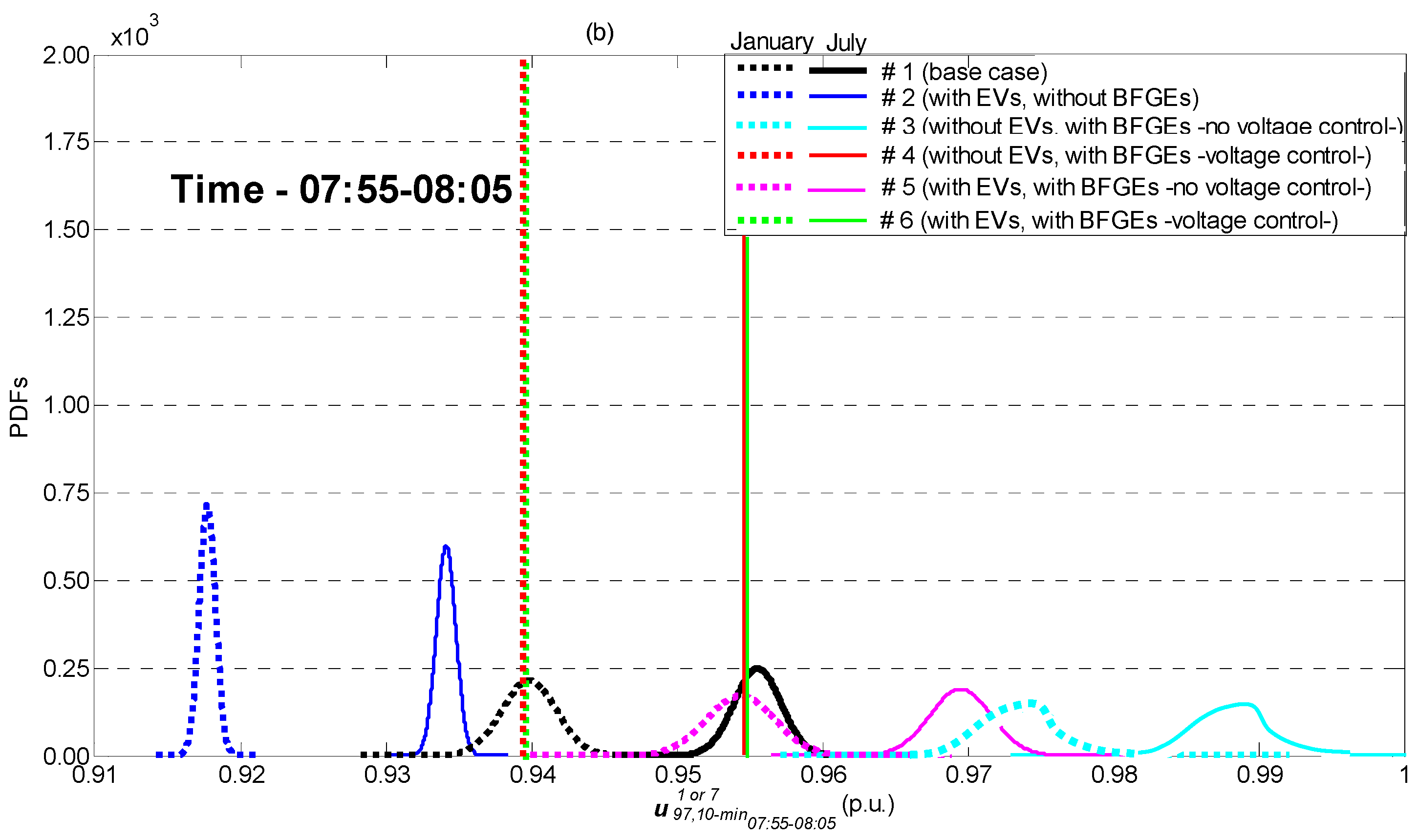1. Introduction
In the world today, there is great concern about the possible effects of climate change. For this reason, international policy [
1,
2,
3] predicts a reduction in the use of fossil fuels, and the electricity sector is gradually switching to renewable power sources. Moreover, the internal combustion engines in vehicles are slowly being replaced by electric motors [
4]. Nevertheless, it is also true that fossil fuels are still widely used to power road vehicles and to generate electricity.
In this context, biomass has become an attractive option for public and policymakers [
5]. Some authors even affirm that biomass is the best source of renewable power [
6]. Residual biomass obtained from tree pruning is one of the renewable and sustainable sources that can be used for producing electricity. Certain studies [
7,
8] underline its low use/potential ratio, and highlight the need to make its use more widespread.
Over eight million hectares of olive trees are cultivated worldwide, especially in the Mediterranean countries, where more than 97% of the world’s olive oil is produced. The three major olive oil producers are Spain, Italy, and Greece [
9,
10]. Olive tree pruning residues are an autochthonous renewable energy source that farmers generally dispose of by burning. However, this practice is gradually changing since olive growers must now comply with stricter regulations regarding the sustainable management of residual biomass [
11]. New technologies that can be used to produce electricity from this biomass [
6,
9] include the following: direct combustion, co-firing, gasification, pyrolysis, anaerobic digestion, and fermentation. However, the most widespread technology is direct combustion with BFGEs [
12,
13], in which BFGEs are coupled to the grid by small synchronous generators [
12]. On the other hand, the large-scale use of EVs involves the massive integration of EV charging stations in traditional RDSs. This is a source of numerous technical challenges [
14].
Although the use of olive tree pruning residues in BFGEs as a renewable power source in future RDSs with EVs will make the generating system more sustainable, the assessment of this proposal, by analyzing the technical impact of the BFGE and EV interaction on RDSs, is problematic because of the stochastic nature of the source/load involved. Evidently, the biomass supply chain, from tree pruning to energy generation, is affected by uncertainties such as unpredictable biomass quality [
15] and quantity [
16]. The EV charging load on RDSs also presents uncertainties [
17]. Consequently, it is necessary to implement a probabilistic approach, which is capable of accurately characterizing RDS performance taking into account the possible uncertainties in the inputs variables. Probabilistic approaches are widely applied in the analysis of electric power systems [
18].
There are few studies that focus on the uncertainties of the biomass supply chain [
19,
20,
21,
22,
23]. Some papers (e.g., [
24]) have assessed the adverse technical impacts of BFGEs, working as electrical generators, on RDSs. Nonetheless, a deterministic approach was used for these assessments. No reference specifically incorporated models and methods that were able to quantify the uncertainty of biomass stock and its HV. Accordingly, the impact of the input uncertainties on the results may not have accurately estimated. In contrast, many probabilistic studies analyzed the potentially negative technical impacts that EVs originate in RDSs: (i) thermal loading [
25,
26,
27,
28,
29,
30,
31] (ii) node voltage profile [
14,
25,
28,
32,
33,
34,
35,
36,
37]; (iii) power line losses [
17,
25,
30,
35,
38].
Until now, the negative technical impacts of EVs have been minimized by demanding interconnection requirements [
14]. Such requirements were based on deterministic assessments for worst-case scenarios. Nonetheless, these assessments are unable to objectively specify when a technical constraint is fulfilled, in other words, when the time-variant values of an RDS output variable (e.g., node voltage) can exceed the standard limit in the regulation. An accurate assessment of the technical impact of BFGE and EV interaction on RDSs should include the investigation of all possible inputs. As a main technical constraint, distribution network operators (DNOs) in European countries use the ±10%-threshold [
39] as a limit for the voltage magnitude. Nonetheless, Spanish Royal Decree 1955/2000 [
40] sets a restrictive threshold of ±7%. Both assessments are based on measurements averaged at 10-min intervals.
A review of the literature [
19,
20,
21,
22,
23,
24,
25,
26,
27,
28,
29,
30,
31,
32,
33,
34,
35,
36,
37,
38] indicates that the BFGE and EV impact on RDSs has still not been assessed from a probabilistic perspective. The first major shortcoming is evidently the fact that probabilistic approaches have never been applied to BFGEs. The second is that probability of occurrence has not been considered in the evaluation of the technical impact of EVs on RDSs. Therefore, the probability distribution of the RDS output variables was not calculated.
This study further develops the research reported in [
41] and presents an innovative analytical technique that is able to accurately assess the combined impact of BFGEs and EVs on RDSs by focusing on voltage constraint fulfilment. The proposed analytical technique (PAT) was found to overcome the previously mentioned shortcomings. Thus, for different scenarios the true probabilities of voltage violation in the regulations were determined from the probability distributions of the RDS output variables. This simultaneously takes into account the BFGE probabilistic model and the probabilistic model advanced in this study for EVs.
The rest of the paper is organized as follows:
Section 2 gives an overview of the statistical background upon which this research is based. After a concise description of the probabilistic models in
Section 3,
Section 4 outlines the PAT used in this study.
Section 5 describes the test system, followed by a presentation of the simulation results in
Section 6. Finally,
Section 7 gives the conclusions that can be derived from this study.
2. Moments and Cumulants of a Random Variable
For a better understanding of the PAT, this section provides a short introduction to probability theory, which also justifies the use of moments and cumulants.
The moments of a random variable are the expected values of certain functions of this variable, which characterize its probability distribution. For a multivariable random variable
with probability density function (PDF)
(continuous variable), or probability mass function (PMF),
(discrete variable), its moment of order one, two and
r is defined as [
42,
43]:
The cumulants of a distribution are a set of constants that provide an alternative to the moments to its characterization [
43]. Unlike the moments, these cumulants are not directly ascertainable by summatory or integrative processes − as in Equation (1). To find them, it is thus necessary to determine the moments and then employ relationship formulas [
43].
The PAT (see
Section 4) is used to concisely model and characterize input random variables as well to perform a load-flow in an RDS to determine its output random variables. This is accomplished by applying linearized load-flow equations, and finally reconstructing distributions through the use of approximations. For calculation purposes, the PAT must know the moments and cumulants of the input and output random variables. Nonetheless, the PAT works better with cumulants than moments for the following reasons [
42]: (i) the Cornish-Fisher expansion used for approximations to the distributions is best expressed with cumulants; (ii) most statistical calculations with cumulants are simpler than calculations with moments. This is the case when determining the cumulants of output variables from the cumulants of input variables subject to linear transformation. Thus, let
Z be a random variable that is a linear combination of a multivariate random variable,
X, given by:
In the application of the cumulant method [
42], the
r-order cumulant of the random variable
Z can be expressed as a function of the cumulants of the variable
X as:
4. Proposed Analytical Technique (PAT) to Assess the Impact of BFGEs and EVs on RDSs
Figure 2 shows a flowchart of the PAT to assess the impact of BFGEs and EVs on RDSs. The steps of this technique are presented below. Firstly, distributions (PDF or PMF and CDF) of RSD input random variables at any
xth 10-min interval of the day,
mth month, and
nth RDS node are obtained (
Section 3). Then, correlated input samples of node loads are generated (
Section 3.2.1). These samples are used to determine the moments and cumulants of these random inputs (
Section 2). For EV charging loads and powers of BFGEs, their distributions are used to directly determine moments and then cumulants (
Section 2). Subsequently, a deterministic radial load flow (
Section 4.1) determines the expected values of the output random variables. Taking the cumulants of input random variables into account, the probabilistic radial load flow in
Section 4.2 provides the PDF and the CDF of the nodal voltage angle and magnitude at any
xth 10-min interval
,
mth month, and
nth RDS node
.
4.1. Deterministic Radial Load Flow
The exact equations of the non-linear load-flow for a power system with BFGEs, EV charging loads, and node loads can be mathematically described by [
64]:
The Newton-Raphson algorithm applied to Equation (14) at any
xth 10-min interval and
mth month provides the expected values of output random variables
from the expected input values (see
Figure 2).
4.2. Probabilistic Radial Load Flow
In order to account for the stochastic nature of uncertainties associated with input variables in an RDS with BFGEs, EV charging loads, and node loads, these variables are considered as random variables. Although the MCS is the simpler probabilistic approach because it directly uses many deterministic radial load flows, our proposal is based on an analytical technique that is computationally more effective than the MCS [
41]. This first involves the linear approximation of load-flow Equation (14) (
Figure 2). In a subsequent step, the cumulant method [
42] is applied to determine the cumulants of output variables. Finally, the PDF and CDF of the output variables are approximated from known output cumulants by using the Cornish-Fisher expansion [
54].
4.2.1. Linear Approximation of Load-Flow Equations
The linear approximation of the load-flow Equation (14) is used to obtain the output random variables of an RDS as a linear combination (weighted sum) of the RDS random inputs. The linearization process is made around the solution point of the deterministic load flow in
Section 4.1, namely, the expected values of output random variables.
To illustrate this technique, let
A and
B be two random variables which, at some stage of the computations, are multiplied to give a third random variable
If the deviations of
A and
B are represented around their expected values
, they are
and
, respectively. The following can thus be assumed:
When second-order terms are not considered, Equation (16) is obtained:
This approximation is accurate for cases where the dispersion of the random variables is limited around the mean value.
This technique can be applied to voltage magnitudes and angles in Equation (14). For the angles in Equation (14), Maclaurin’s series are firstly used in
sin and
cos functions, and then the linear approximation is applied [
18]. Therefore, it can be assumed that:
When these approximations are substituted in Equation (14), the following can be obtained:
Coefficients are computed from RDS parameters and the expected values of the output random variables in the RDS.
4.2.2. Cumulants Method
The convolution of the random variables in the equations in (18) can be substituted by the summation of their cumulants, which greatly reduces the computational cost [
18]. Thus, the cumulant method [
42] (
Figure 2) is used to determine the cumulants of the output random variables in an RDS, i.e., nodal voltage angles and magnitudes (
). This means that it is necessary to solve the system of Equation (18) for each cumulant order of the input random variables, i.e., node loads, BFGE powers, and EV charging powers.
4.2.3. Cornish-Fisher Expansion
The Cornish-Fisher expansion [
54] permits the approximation to the distribution function of a random variable from its cumulants (
Figure 2). The expansion is based on quantile estimation (inverse function of CDF).
7. Conclusions and Discussion
The paper has presented an analytical technique which was tested on an operating ENDE 100 RDS in Spain [
65]. This technique was used to accurately assess the fulfilment of voltage constraints in the overall RDS with uncertainty in the loads (node load and EV charging load) and generations (BFGEs). The MCS was applied to highlight the accuracy of the results obtained with the PAT. Moreover, the PAT achieved a high computational cost reduction in comparison to the MCS.
This study required the use of a stochastic model of BFGE power and EV charging loads suitable for probabilistic studies. The availability of a large amount of statistical data for the model in the operating RDS provided valuable insights and led to interesting outcomes. As a result, this research demonstrated that the combined impact of BFGEs and EVs on the test RDS differed considerably from the individual impact. In fact, the results showed that it generally improved. Accordingly, the voltage violation probability in the RDS nodes due to EVs decreased significantly when BFGEs were connected to the RDS. Furthermore, the lower dispersion in distributions in some combined scenarios meant that this fulfilment could be absolutely guaranteed.
More specifically, results revealed substantial relative uncertainties for the HV of the biomass (61–138% of predicted means) with even larger uncertainties for the amount of biomass available (37–153%) in the power model of a BFGE. These results suggest that biomass uncertainty models are extremely relevant, something that has not been previously reported by the literature.
This new approach provided a more accurate assessment than other evaluations, based on a simple deterministic vision. In this way, the PAT could provide useful insights for RDS design and operation and offers a better understanding of the combined impact of renewable power sources.
In the future, more EV charging loads will be connected to the RDSs, and therefore actions will be performed in the RDSs to maintain the voltage constraint fulfilment. One of these actions could be the connection of BFGEs, as shown in this research, without changes in the RDS structure.
